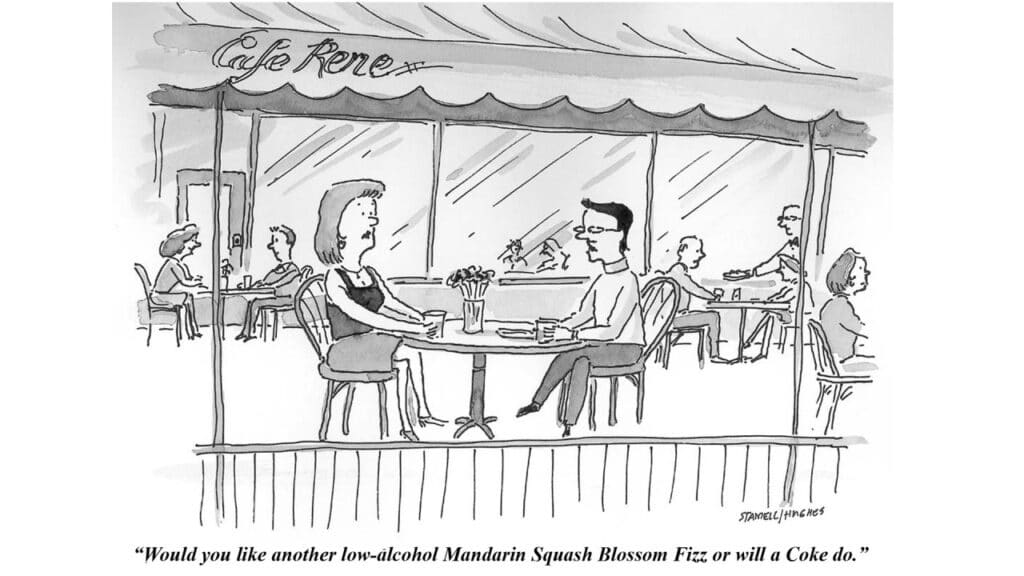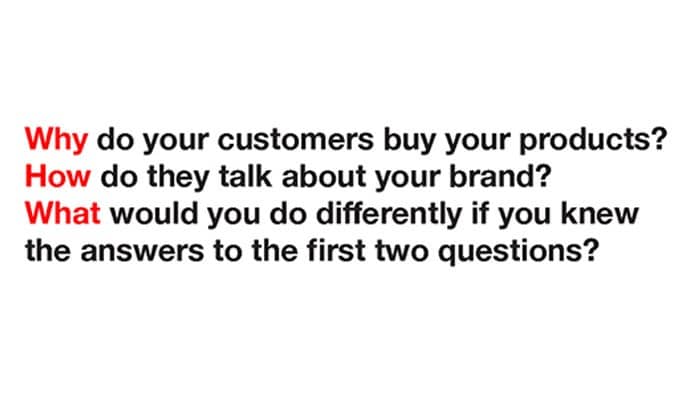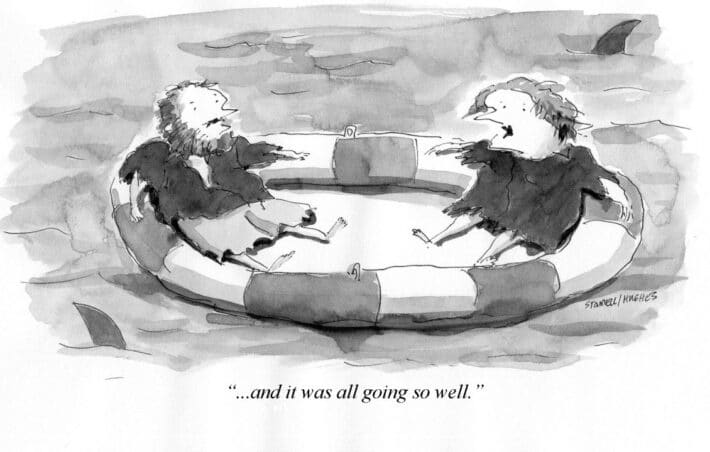DTC Wine Sales Are Falling: What Are You Going To Do About It?

(This article is directed to the wine industry but the principles apply to almost any product where customer relationships are important. Is there one where it’s not?)
Report after report, blog after blog, and trend after trend are showing that Direct-To-Consumer wine sales have been falling both in volume and value. It’s not just DTC as the decline includes almost all sales channels, price tiers, and varietals. If you want to know more, Google will list dozens of links so you can see what’s happening. The trend is established. It may have been kicked off with the pandemic but after several years, it appears baked in.
There are lots of theories as to why. Wine consumption grew out of the rising wealth of Baby Boomers, the influence of European travel, and the luxury image cultivated by the wine, travel, food, and luxury industries. But now those same Boomers are cutting back, some for health reasons, others to cut back on expenses as their incomes decline or level off, and, let’s face it, their lives are running out so their generation is getting smaller.
So that leaves three other generational cohorts to focus on: Gen X (ages 43-60 today), Millennials (27-42 today) and Gen Z (ages 18-26). That’s more than 200 million people. However, the key group that has driven consumption, Baby Boomers have already begun their steady decline. The problem becomes clear when looking at the chart below where each cohort is broken into smaller groups. The size of the legal drinking age market is quite large but only 21%± (Baby Boom) is the wine industry’s core market. The rest of the market has broadened its alcohol beverage selection to include cocktails, beer and other spirits.

There is a school of thought that says when Millennials and Gen Z get to a life stage where they own homes and have families they’ll turn to wine. There may be some validity to that but their previous behaviors of diversity in drinks or consuming more low-alcohol drinks may also be permanent. Additionally, if their lifestyle was going to turn them to wine, we’d already see signs of that as millions are in their late 30s and early 40s.
What are you going to do about it?
If you’re in the wine industry, there are some options, both reactive and proactive. Here’s a list of some:
- Do nothing new – always an option and you can ride with the market wherever it goes. If you believe the market is coming to you when consumers reach the right life stage, this is the one to pick.
- Change your product mix – go where consumers are going. This means developing more wines in cans and wine cocktails, although that’s a competitive morass. It also means developing more low or no-alcohol drinks. It also can mean different types of packaging from what you’re using now. If you haven’t heard of the flat wine bottle, take a look at this. There’s a positive message to consumers when you change packaging that says you’re all in on sustainability and a low carbon footprint. That will buy you some loyalty but probably not enough.
- Change the way you talk to the consumer – here you have to decide whether you want to place the emphasis on building relationships or transactions. Transactions mean lots of emails, giving price discounts and just hammering away at consumers until they say they’ll buy. The problem is that discounts are a race to the bottom. Once you start, it’s hard to stop. Sending endless emails and using nagging drip campaigns eventually turns into a one-way trip to junk folders. Think about this: there are more than 350 billion emails sent globally every day. Not all are in the U.S. nor to consumers nor about wine but do you think yours are more important than any of the others? Remember, nobody needs your wine. They’ll buy if they trust you more than or as much as the nearby wine store but they have lots and lots of alternatives. You need to build relationships that engender trust and make you into the friend they want to help.
How to develop relationships with your customers
You already know how. I don’t need to tell you anything because you do this every day in your tasting rooms when consumers stop by. They come in filled with curiosity and interest and ask your staff questions. Your staff engages them in a conversation and asks them questions and then responds to them based on what they’ve heard. They may recommend certain wines based on tastes that customers say they like, foods and recipes that appeal to them, wines they’ve tasted in other regions or just what they think their friends might be impressed with. There also may be a story or joke involved and before you know it, you have begun a relationship with that consumer that is going to generate long-term sales, if you nurture it.
The challenge is that when you have customer and prospective customer lists that number into the thousands or more and you start using digital tools, you have to come up with another way. You have to be able to ask questions about interests, needs and perceptions and append every response to each person’s database file. Sounds onerous doesn’t it? Don’t think about it as adding to data files. Think about it as building out your customers’ personas so that you can communicate, market, and sell to them based on who and where they are, what they believe, and most importantly, why they believe it. That’s what you get when they come into your tasting rooms. Doesn’t it make sense to mimic that experience digitally?
What we’re talking about is one-to-one marketing at scale. It’s not easy because it requires seamlessly fitting a number of tools together and integrating them so that you can ask, listen, and respond in a way that says to the customer that you’re listening and responding specifically to his or her needs. There probably is a way to combine a bunch of different platforms and download and upload lots of information to accomplish this. You need to go beyond closed-ended data because it doesn’t help you understand each customer’s particular point of view or motivation. But do you want your marketing people spending their time figuring out multiple platforms and deciding which data is important?
There may be others out there. We don’t know and we haven’t seen anything similar but the Oomiji platform that we offer does everything discussed above intuitively and simply. It integrates customer acquisition, management, understanding, engagement and measurement. You can find five different platforms to buy and then try to integrate them but you have better ways to spend your time. It’s worth taking a look. Contact us for a live demo. You’ll have questions, and so will we. We’ll understand each other and we’ll build a relationship. That’s what marketing is all about.



